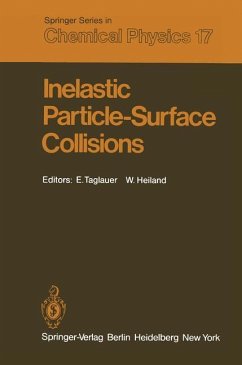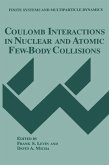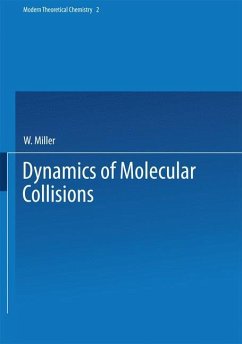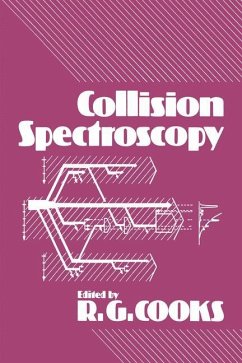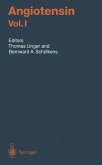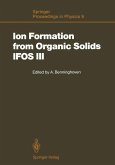The interaction of particles and photons with solid surfaces is interdisci plinary in character, so that very recent developments in solid-state phys ics, surface physics and atomic physics stimulate progress in the field or profit from results of the "ion-solid" community. Technical interest in the field ranges from catalysis and semiconductor manufacturing to fusion re search, for instance by surface analytical techniques, or interest in phenom ena such as sputtering and radiation damage. The Third International Workshop on Inelastic Ion-Surface Coll isions, held at Feldkirchen-Westerham under the auspices of Max-Planck-Institut fUr Plasmaphysik, Garching, Fed. Rep. of Germany, brought together 63 scientists from 12 countries for three days of very involved discussions. As at the pre vious workshops at Bell Laboratories in 1976 and McMaster University in 1978, the experiment of gathering experts from seemingly different disciplines was very successful in promoting the basic physical ideas. The proceedings contain the 14 major reviews and a smaller number of con tributions presented at the workshop. All papers have been reviewed with little delay, and the reviewer's efforts are gratefully acknowledged. The first group of papers is concerned with theoretical and experimental aspects of secondary electron emission due to ion impact, including the potential emission caused by slow metastables. This is followed by reviews of exper iments and recent theoretical developments of electron- and photon-induced desorption.

